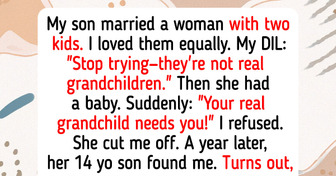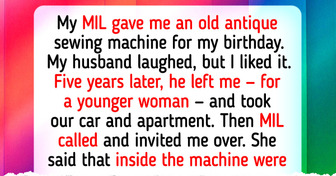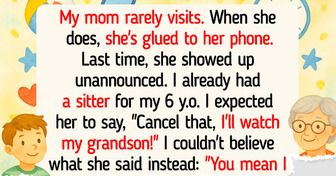A Girl Born Without Nose, Who Was Called “Voldemort”, Proved Everyone Is Beautiful in Their Own Way
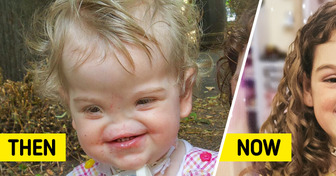
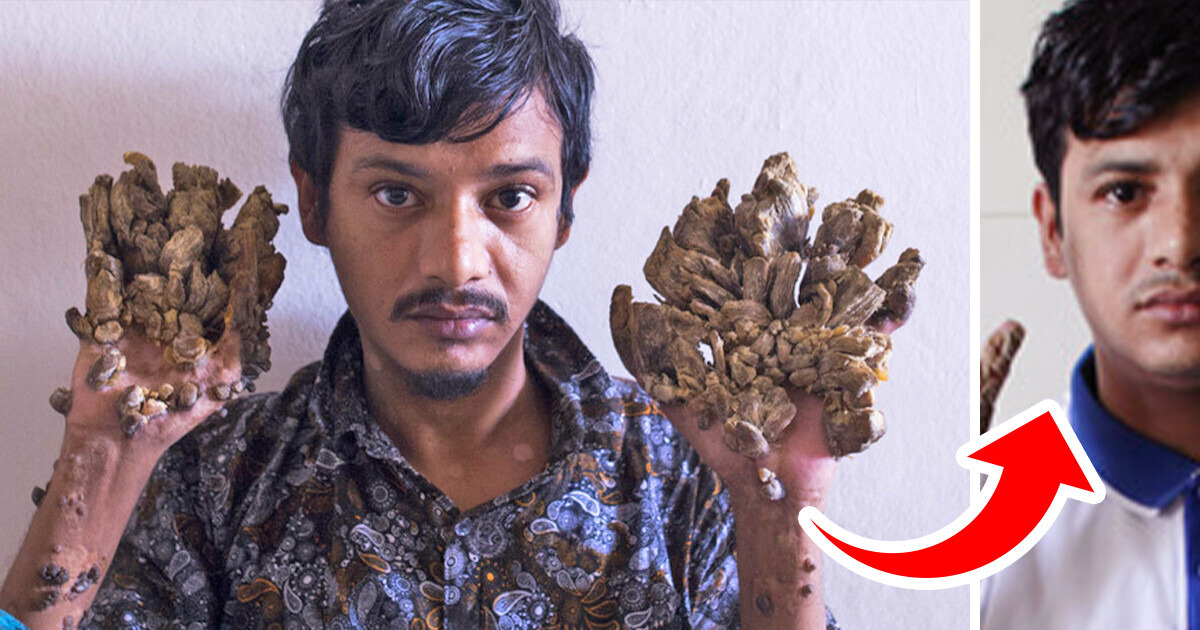
Abul Bajandar, called “The Tree Man,” suffers from an exceptional and uncommon condition. He has faced multiple surgeries, overcoming immense hurdles along his path. Today, with steadfast determination and the expertise of medical experts, he has experienced a significant yet meaningful moment — he can once again hold his daughter in his arms.

Though not contagious, this hereditary condition has no permanent cure, and surgeries provide only temporary relief. Abul is not the only one facing these challenges; others worldwide also deal with this syndrome. The syndrome causes wart-like skin growths that look similar to tree bark. Initially small, these growths can grow substantially, causing significant disability for those affected.
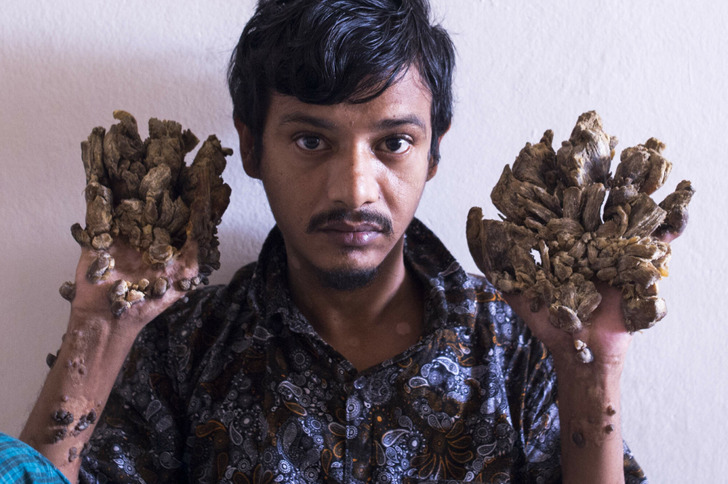
It started during adolescence when small warts emerged on his body around the age of 13 or 14. Unfortunately, as he grew older, the condition quickly worsened, spreading to various parts of his body. Abul experimented with various traditional medicines, and none provided relief. He also sought help from multiple doctors searching for a cure, but unfortunately, they couldn’t offer a solution. “I was humiliated and unable to mix with society,” he shared.
Following a sequence of 16 surgeries performed from 2016 to 2017 at Dhaka Medical College Hospital in Dhaka, Bangladesh, Abul Bajandar achieved a heartwarming milestone — he could finally embrace his daughter again. These surgeries targeted the removal of the bark-like growths from his hands and feet, providing a ray of hope in his struggle against Tree Man Syndrome.
Bajandar expressed the deep happiness he feels spending time with his daughters, emphasizing his desire to live normally, “If I recover from this, I want to work again, to build a small business to help my daughters in her studies and to give them a good life.” His words showcase his resolve to overcome the hurdles of his uncommon condition and his strong dedication to ensuring a brighter future for his family.
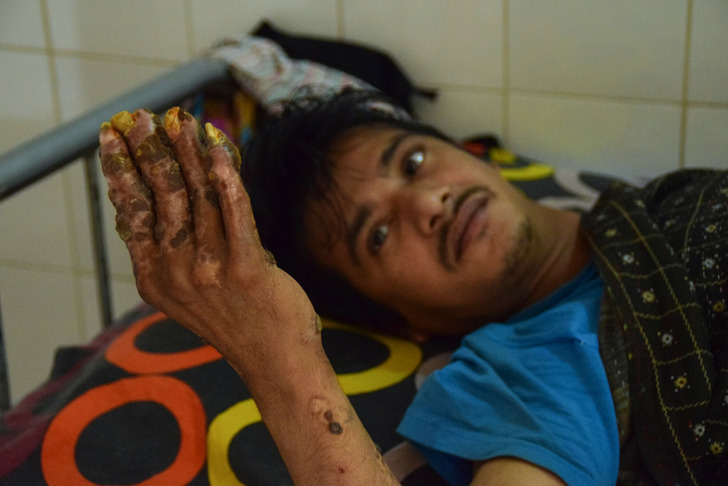
In Abul Bajandar’s arduous battle with Tree Man Syndrome, he finds strength in the constant support of his wife and mother. Despite the condition’s return, their unwavering presence offers him solace and motivation. Reflecting on the profound impact of fatherhood, Bajandar shares, “When my daughter was born, she brought me the hope of life again. I didn’t want to leave her as an orphan. I felt like I must live for her.”
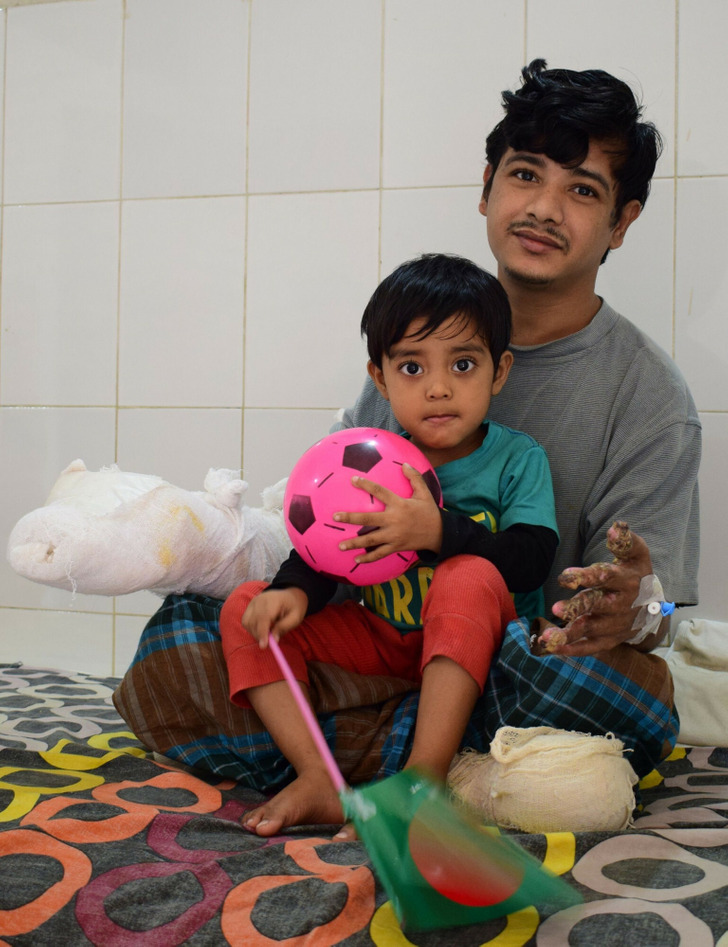
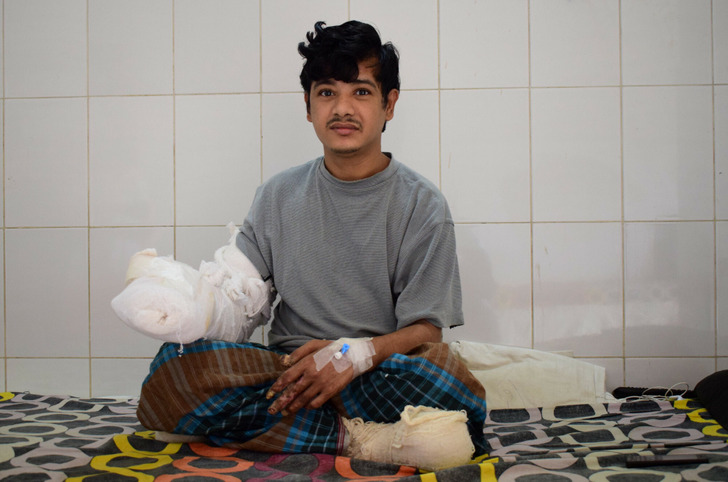
Despite the discouraging return of his condition, Abul Bajandar sustains a resilient hope. However, undeterred by this setback, Bajandar remains optimistic, stating, “My only dream is to recover from this situation and live a healthy life.” He maintains a belief that there must be a cure for his disease.
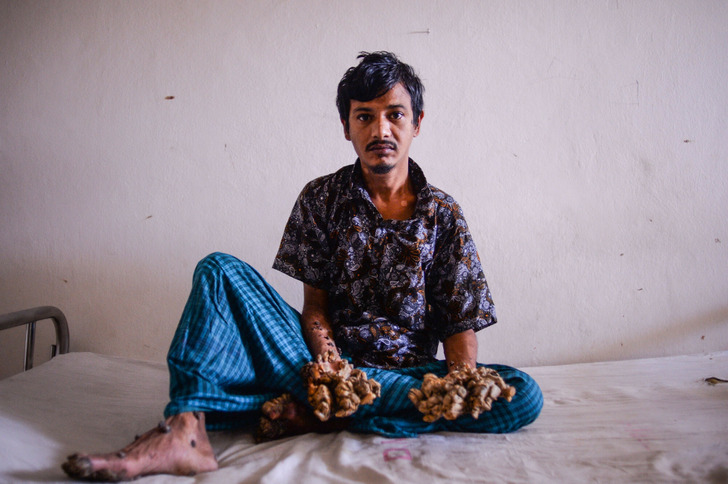
His heartfelt words mirror not just his own struggles but also a universal aspiration for good health and wellness. Bajandar’s persistent optimism is evident, “All I can say is that I truly believe and hope that a cure exists for this disease.” Despite adversity, his spirit remains unwavering, representing the resilience of those facing uncommon and difficult medical conditions.
Another individual born with a rare condition has challenged societal norms and become a symbol of remarkable resilience. Allow us to introduce the girl affectionately known as “Voldemort” because she was born without a nose.


